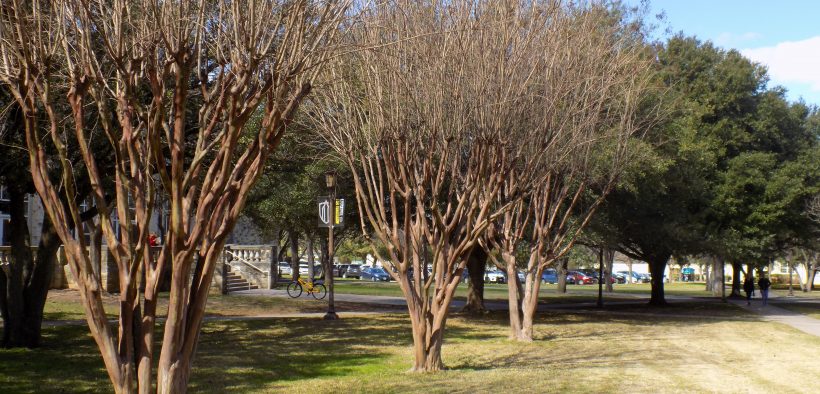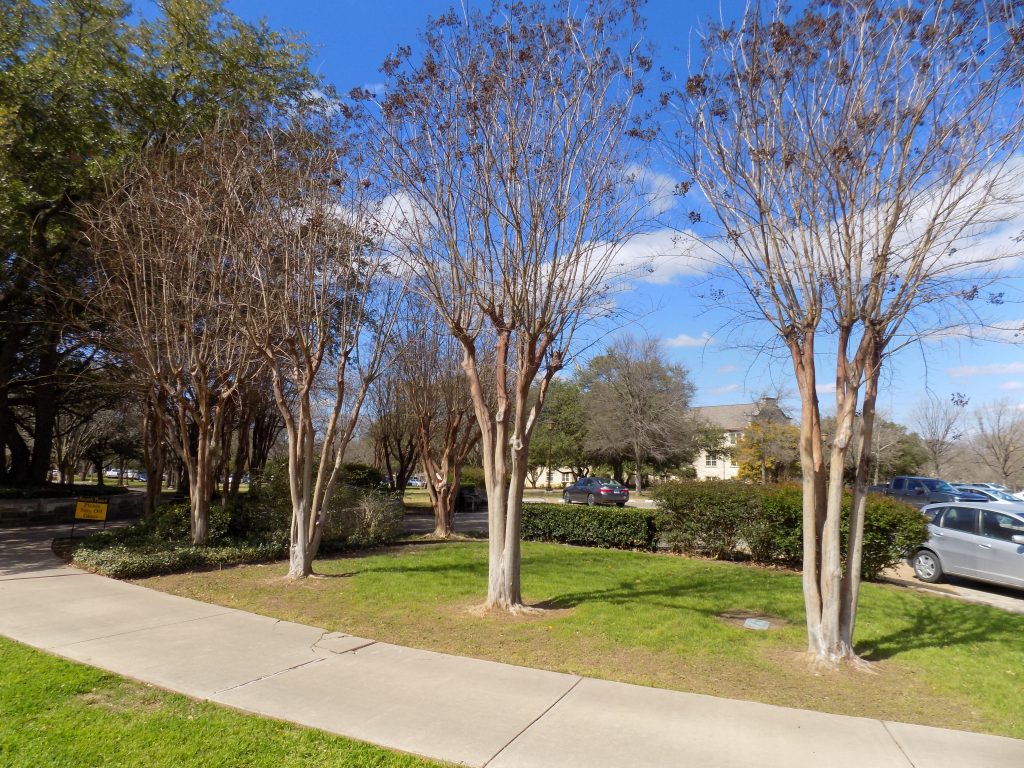The Bradford Pear Tree Crisis
Share

The Bradford pear tree. Most people outside of the environmental and sustainability community would struggle with differentiating between one tree and the next. The Bradford pear tree is most known for its blooming white flowers, its aesthetically pleasing look during the 1980s, and for being an overall terrible tree. Why were these terrible trees planted in the first place?
For Earth Day… well for the aesthetics of Earth Day, the first set of Bradford pears were planted in the 1960s, before the first Earth Day in 1970. However, Earth Day back then, according to Leah Horick President of the SU Garden Club, was more focused on campus beautification and how green the campus looked; without regard for sustainability, long term effects or the overall impact of introducing a non-native plant species into a state dealing with water scarcity. Furthermore, the majority of these trees on campus are mostly male. While trees are generally both male and female, most urban and suburban trees are bred to be male. Mostly female trees grow more fruit while mostly male trees produce more pollen, making allergy season worse than usual.

The trees themselves are very problematic. Not only is it known for its very fishy smell, they also have a rather unstable structure, causing them to last maybe 30-50 years. Veronica Johnson—the sustainability coordinator on campus—described the tree’s structure as growing upward into sprout-like trunks, as opposed to growing thick trunks like oaks. To make the problem worse, the leaf-filled branches stem outward, making the tree top heavy and very susceptible to falling over when there are high winds. The branches themselves also break and fall really easily, turning them into liabilities because they could potentially fall and injure students. Students’ souls are already being crushed by the stress of college; the last thing we need is for a branch to break our bones too.
At this point, it is abundantly clear why the Bradford pear trees need to go; the only issue is how to do so in a sustainable manner while maintaining Southwestern’s aesthetics. Southwestern, recognized as a Tree Campus USA college since 2017, is no stranger to cutting down trees in a sustainable manner. In 2019, 6 trees were removed with 20 added to the SU ecosystem, according to their sustainability website. This trend of adding more trees than those removed is a consistent trend with SU since 2017. The trees are turned into mulch to fertilize the rest of the flora on campus. The aesthetics problem is a different beast, but Johnson, along with the rest of the grounds team, have a few ideas.
“We need to get the trees that are already 15 to 20 years old,” says Johnson.
“Teenager trees” are a relatively good middle-ground between saplings. They’re cost-effective, but slow to bloom. While mature trees are extremely difficult to relocate, but are already aesthetically pleasing. This would also be a long-term project because Bradford pear trees are dispersed throughout the campus, according to the campus’ tree map.
Overall, the cutting down of Bradford pears isn’t a tragedy that requires the student body to rally together to protect nature; rather, it’s a cause we should rally behind. In fact, applying for green fund grants to plant native plants to replace the Bradford pears would not be frowned upon by the sustainability community. Especially considering the 50th Earth Day is coming up in a couple of months, and Arbor Day right after it.
